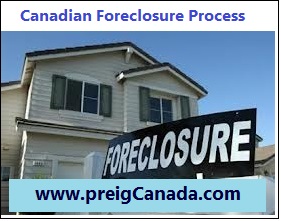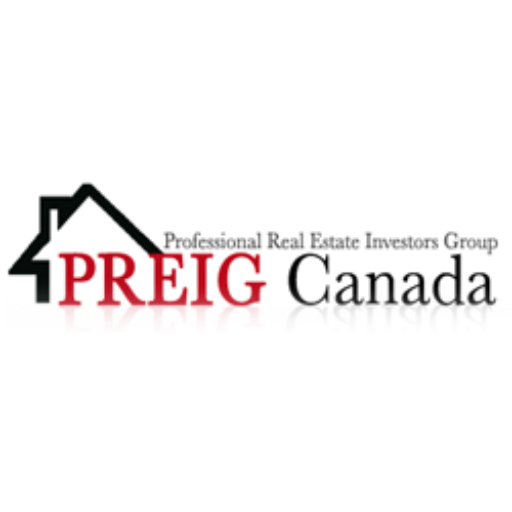 Canadian foreclosure process is legal process for the Bank or lender to recover their investments when the property owner starts default mortgage payments.
Canadian foreclosure process is legal process for the Bank or lender to recover their investments when the property owner starts default mortgage payments.
The word “foreclosure†is a nightmare for the property owner as well as for the Lender. Regardless which cycle the market is going through, it happens all the time, although the numbers do tend to go up during the real estate bust cycle.
Foreclosure is a legal action that a money-lender can take if the person who borrowed money using a mortgage stops paying back that mortgage. By first getting a Court’s permission, foreclosure allows lender to take or sell that person’s house.
The property owner will not lose their property right away when he misses a mortgage payment or makes a late payment. Lenders don’t want to foreclose if they don’t have to because it is expensive and is a lengthy process. A lender will probably not start to foreclose until two or three months after the borrower has stopped paying. Normally, a lender will first send letters demanding payment. Then, if they don’t receive a reply, the lender will usually start to foreclose and to sue at the same time. The foreclosure process differs from province to province in Canada.
There are two main methods for lender to recover mortgage debt in Canada:
1. Judicial Sale.
a. Conducted under the supervision and authority of the Court.
b. Lender must apply to the court to get permission to sell property.
c. Extensive Court involvement in every step.
Process involves lawsuit against borrower and other liable parties.
Judicial Sale are Primarily used in:
• British Columbia
• Alberta
• Saskatchewan
• Manitoba
• Quebec
• Nova Scotia
2. Power of Sales.
a. Allows lender to sell property without the involvement of the court. This particular way was created to keep the recovery process out of the court system, as well as created the ability to make it happen at a much faster rate than a foreclosure.
b. The Process is started by sending a notice to the borrower.
c. Deficiency Judgment: lender must seek action against borrower after property has been sold
Power of Sale is primarily used in:
• Newfoundland
• New Brunswick
• Prince Edward Island
• Ontario.
Generally speaking, foreclosure is a losing proposition for all the parties concerned.
More info at www.Flipping4profit.ca
There is no data available to show exact figures, and the number of mortgage defaults are different from market to market. In Canada, approximately there are over 1,100 mortgage lenders. The default rate that the five major lender report is 0.26% to 0.65%.
The above information is provided as a guideline and is not intended to give a professional legal advice. Please consult a real estate lawyer for their opinion on your particular case
Your success is our business!
Navtaj Chandhoke
Website:www.WorldWealthBuilders.com/
Newsletter: SubscribeREI Club Membership | Apprenticeship | LIVE Training
Blog | Facebook | LinkedIn | Google+ | Twitter
1-416-409-7300

